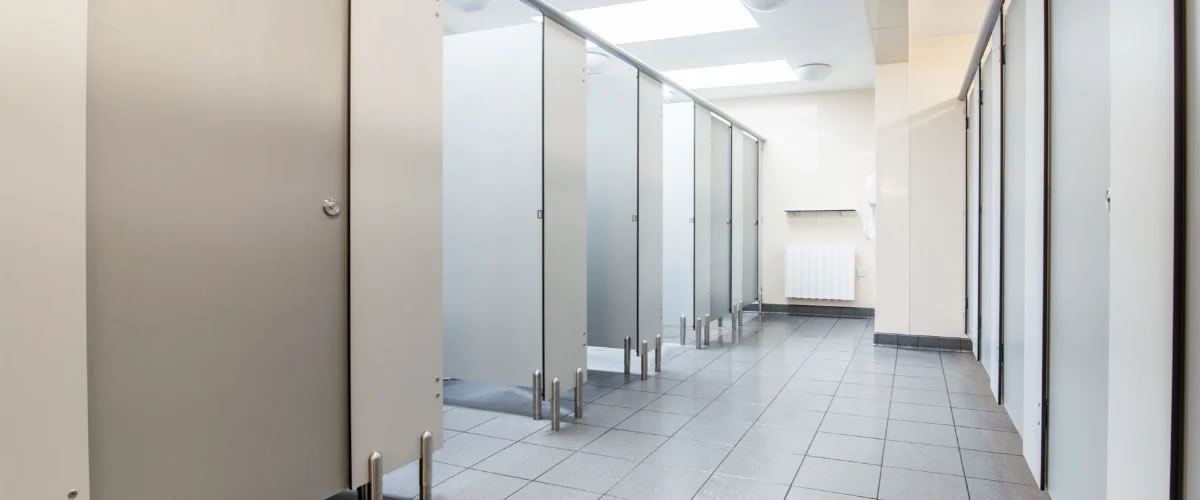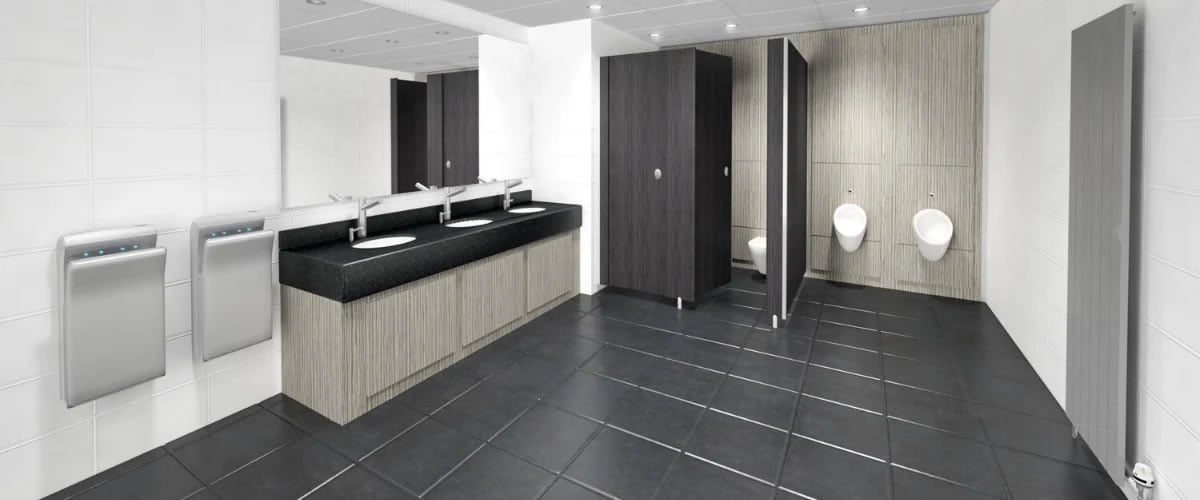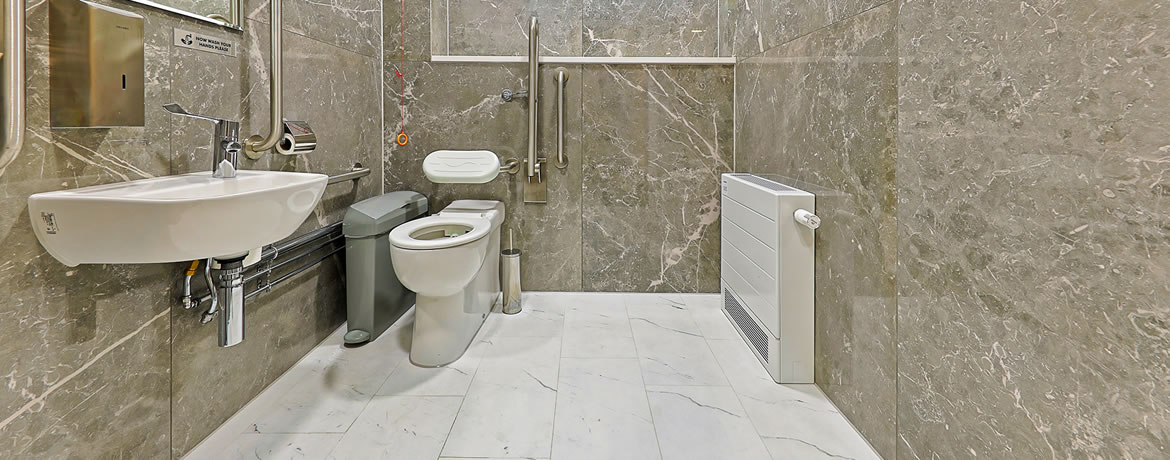Shower Floor Drains
Available as either a simple, single outlet or as a linear drainage system, our range of shower floor drains incorporates the relevant trap to prevent bad odours as well as tray to ensure water falls to the necessary outlet point. Our shower floor drain systems are suitable for either tiled washroom floors or those with anti-slip vinyl floor finishes. Many products within our range offer a choice of grating patterns to achieve the desired look and finish.
Our shower channel systems sit flush with the floor, giving your washroom a seamless appearance and ensuring water is properly drained to keep your facilities clean and functional.
We work closely with leading drainage manufacturers such as ACO to deliver drainage systems that not only have a great design,but are also backed with expert knowledge and market leading warranty periods for customer satisfaction.
Can’t find the shower floor drain you’re looking for or have a question regarding wetroom and shower drainage? Please get in touch with our sales team who will be happy to assist you and provide a full quotation.
Shower floor drain FAQs
What should I consider before choosing a shower floor drain?
-
What type of flooring do you have? The flooring you have in your washroom or wet room will determine which shower floor drain is appropriate for you. You can find shower floor drains which are designed for vinyl, tiled and concrete flooring. Why not take a look at ACO’s channels for tiled or vinyl sheet flooring.
-
Which style of grating will suit my washroom? Here at Commercial Washrooms, we have shower channel systems available in a range of steel grating designs so you can choose between traditional and modern styles as well as textured stainless steel grating to help prevent slips, keeping your washroom safe.
-
Which length is appropriate? Consider the size of your shower or wetroom to determine which dimensions will best suit the amount of available space you have.
What are the benefits of shower floor drains?
-
They are more space efficient - having shower trays can take up space; if your washrooms are small, a shower floor drain is the perfect way to maximise the available space in a room.
-
They make showers more accessible - without a shower tray, users can easily and safely access the shower so this makes linear shower drains ideal for disabled washrooms.
-
They are watertight and functional - our range of drainage from high-quality manufacturers such as ACO ensure that your commercial washroom or wet room is efficient and can withstand heavy use.
-
They are stylish - you can find both modern and traditional shower floor drains to suit your washroom.
How to remove a shower drain
If you are not experienced in removing or installing shower drains you should hire a professional plumber to carry out the work for you to prevent causing any damage. How you remove a shower drain can depend on the type of shower floor drain you have but here’s a rough idea of how they can be replaced:
-
Locate the screws (if any) and remove them with a screwdriver.
-
Use nose pliers to remove the drain - usually you’ll need to twist the drain until it is loose enough to be pulled out.
-
Lift the drain out - be careful not to hold the pliers too tightly or loosely as you do this.
-
Repair or replace your drain.
How to clean shower drain trap
You can easily clean a shower drain trap by removing the drain’s cover and unscrewing the trap with a screwdriver, removing any hair and pouring a suitable unblocking/cleaning solution down the drain. Once you have allowed time for the solution to clean the drain trap, you can wipe the area clean (or scrub away any stubborn dirt).
Where should the drain be placed in the shower?
The shower floor drain should be placed at the lowest spot of the shower floor or wet room (usually there is a slight slope) so that any water can drain downwards. A common place to install a linear shower drain is against the wall where there is side sloping as this doesn’t involve as much tile cutting (if your flooring is tile) and allows for a high drainage capacity.
Do I need a trap for a shower drain?
Yes, a shower floor drain requires a trap in order to prevent the buildup of dirty water which can make the area unsanitary, dangerous and even cause leaks and damage to the surrounding washroom.






